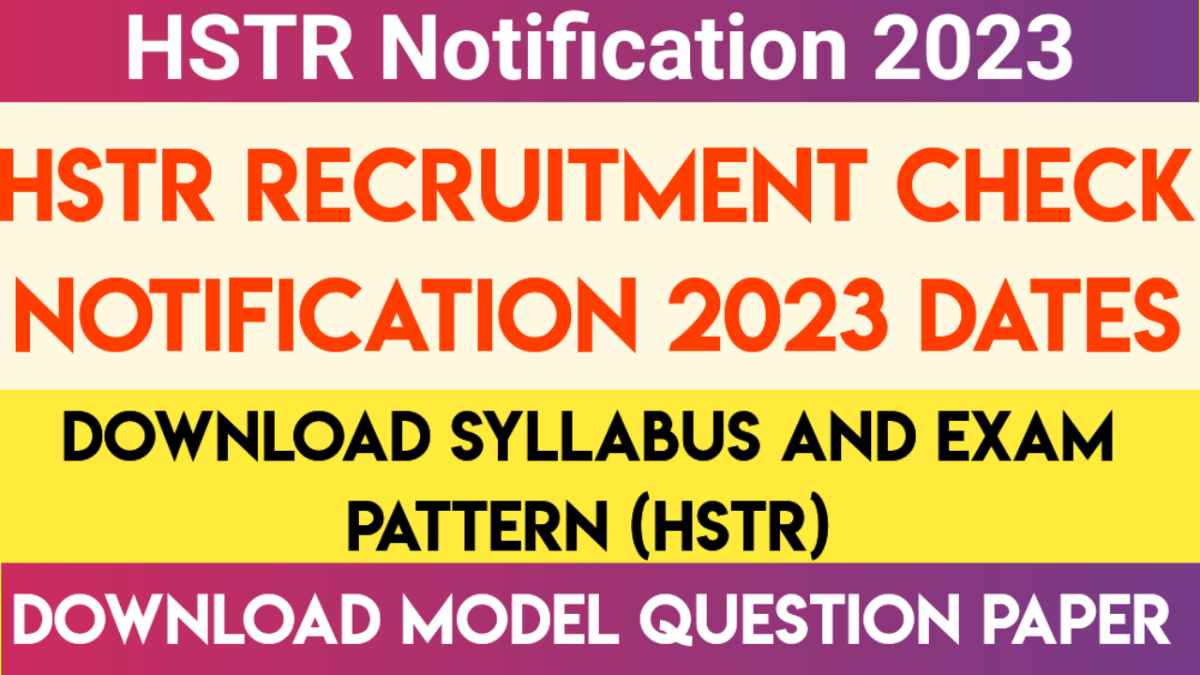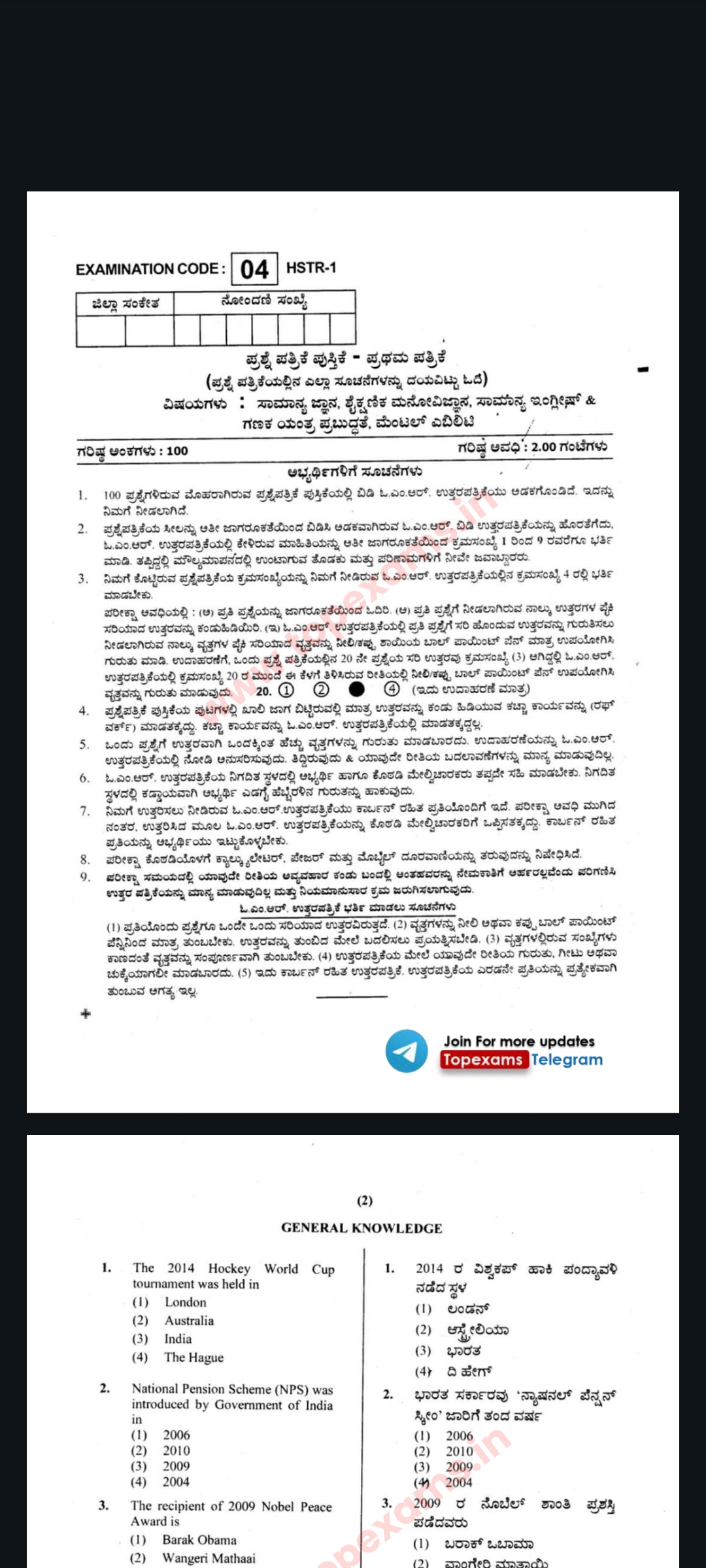Preparing for a high school teacher position involves a combination of educational qualifications, teaching skills, and practical experience. Here’s a step-by-step guide to help you prepare for a high school teaching position:
- Educational Qualifications:
- Obtain a bachelor’s degree in the subject you want to teach. Some schools may require a degree in education or a related field.
- Pursue a teaching certification or license. This may involve completing a teacher preparation program, which includes student teaching experience.
- Specialize in Your Subject:
- Develop an in-depth understanding of the subject you want to teach. Stay updated on the latest developments in your field.
- Consider pursuing a master’s degree or advanced certification in your subject or education.
- Build Teaching Skills:
- Gain practical teaching experience through student teaching, internships, or volunteer work in educational settings.
- Develop effective classroom management skills.
- Learn and practice different teaching methodologies to cater to diverse learning styles.
- Stay Informed about Education Trends:
- Keep yourself informed about the latest trends, research, and best practices in education.
- Attend workshops, conferences, and seminars to stay current with educational advancements.
- Create a Teaching Portfolio:
- Compile a portfolio that includes your resume, educational credentials, certifications, and examples of lesson plans, assessments, and student work.
- Highlight any relevant professional development, workshops, or training you have undergone.
- Prepare for Interviews:
- Familiarize yourself with common interview questions for teaching positions.
- Practice answering questions about your teaching philosophy, classroom management, and how you differentiate instruction for diverse learners.
- Demonstrate Your Technology Skills:
- Familiarize yourself with educational technology tools and software commonly used in classrooms.
- Showcase your ability to integrate technology into your teaching methods.
- Understand Curriculum Standards:
- Be familiar with the curriculum standards and educational frameworks relevant to the grade level and subject you aim to teach.
- Demonstrate how you align your teaching methods with these standards.
- Emphasize Communication Skills:
- Highlight your communication skills, both with students and parents.
- Discuss your approach to maintaining open lines of communication and providing constructive feedback.
- Stay Positive and Adaptable:
- Show enthusiasm for teaching and a willingness to adapt to different teaching environments and student needs.
- Demonstrate your ability to handle challenges and learn from experiences.
Remember, each teaching position may have specific requirements, so tailor your preparation to the particular needs of the school or district where you’re applying. Good luck!
NAME FILE: HSTR questions paper
🍀FILE TYPE: PDF
🌿FILE size –
🌏FILE Download Option: yes
🎈File cost: free
🍀 questions paper
💫Edited file: no
🗓️Year 2023
🌐File link. Yes
👉File Language: Kannada
🌻 Scanned copy -yes
🪴Pages quality -yes
✍️ subject: GK
💫Uses of ALL EXAMINATION aspirant’s -yes
Special thanks 🙏 VISIT
🤝Share your friends and support me


